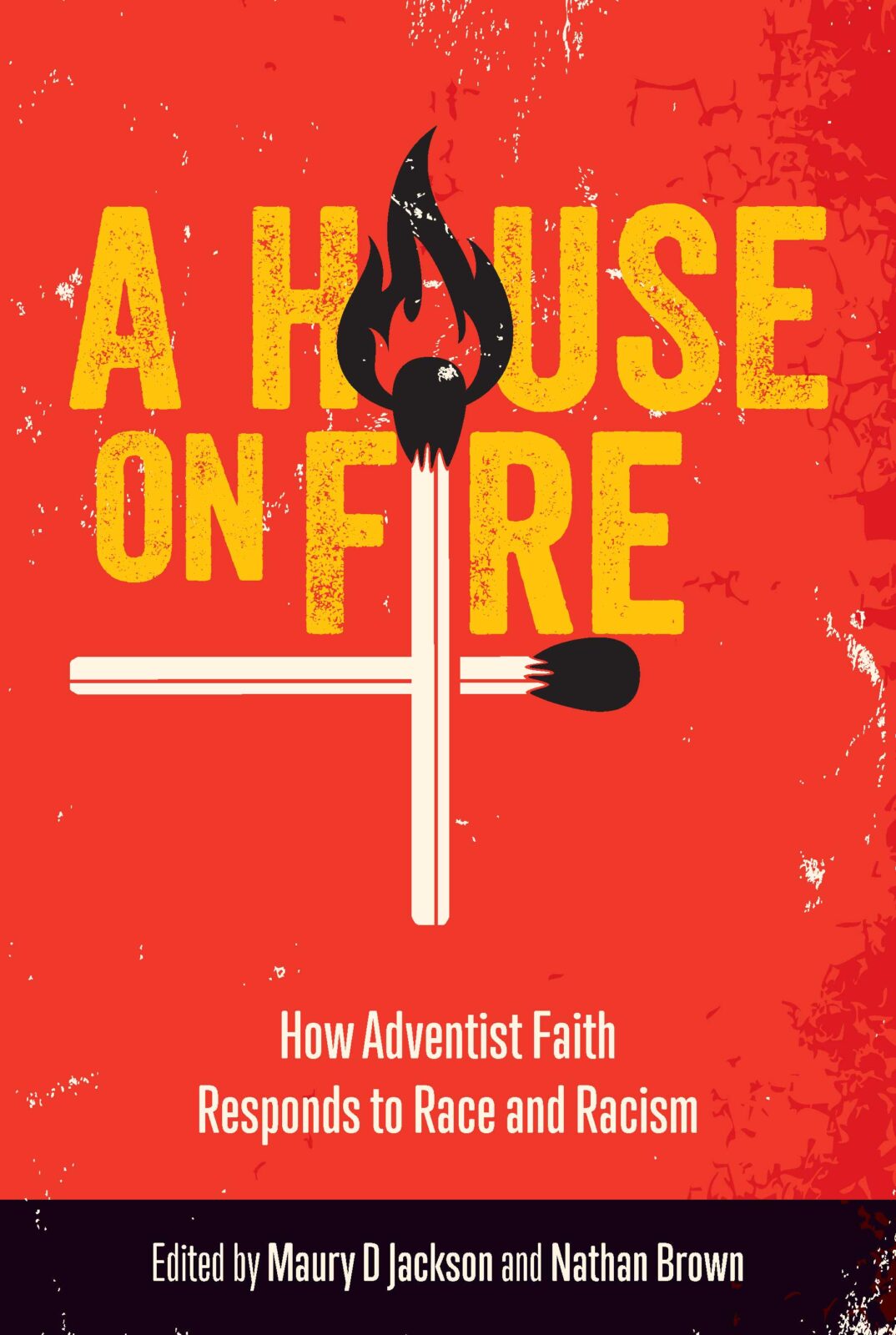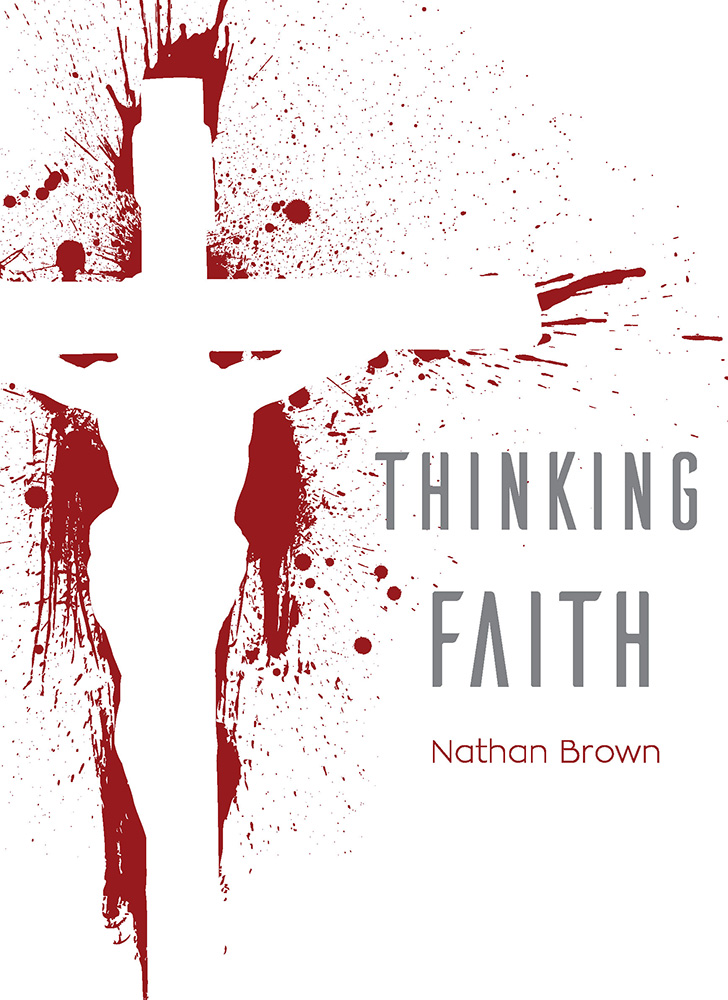Nathan Brown is book editor at Signs Publishing Company, based in Warburton, Victoria. Not only does he help with making all the books published by Signs—that are featured regularly in Bookshelf—he now has a shelf with 20 books of which he is author or editor. He talked with Bookshelf about some of these recent projects.

Tell us about how A House on Fire came about.
I have been working on some aspects of this topic for many years, but I realised the importance of our faithful attention and response to racism as as part of a study program in theology and justice that I worked through five or so years ago. Then, in the aftermath of the murder of George Floyd and the protests and conversations going on in 2020, I began a conversation with Dr Maury Jackson, now Professor of Practical Theology at La Sierra University, that grew into a book after we invited a variety of other Adventist scholars and writers to contribute chapters on what our Adventist faith can contribute to this important work.
How has the book stimulated conversation within the church about racism?
A book likes this becomes a starting point for so many more conversations. Various of the book’s contributors have been part of panel discussions at conferences, churches and online since its launch in November last year. A House on Fire has been assigned in quite a number of university and college classes, and it has been used in small groups and book clubs in churches and community groups. It has been pleasing to see the book read and discussed in so many contexts and conversations.

Thinking Faith explores how faith deepens our thinking and responses to a variety of issues. Why does the idea of “thinking faith” resonate with you?
The idea of “thinking faith” is a call to take our faith seriously and one of the ways we do this is by asking meaningful questions of our faith and also listening to the questions that are being asked in the culture and society around us. Too often faith has been unthinking and even plain non-sense—and sometimes even celebrated as such. As I put it in the introduction to the book, “Thinking is an important ingredient of our faith, while faith must also broaden and deepen our thinking and its possibilities—and both should change our lives and our world.”
What is the story behind the chapters in this book?
Thinking Faith is an interesting collection of articles, most of which were written in response to recurring invitations to contribute to Mountain Views, the quarterly magazine of the Rocky Mountains Conference in Colorado. These regular invitations over the past six years have prompted me to write about topics chosen by their editorial team and I have found it a good writing challenge, responding to the questions and issues that have been posed. A few of these have been re-printed in Adventist Record, but most of the chapters have not previously been available in our part of the world, so I appreciate being able to share these articles in this new form.
What issues have you be thinking about recently?
Around the themes of both these books, I believe our faith should help us in responding to the world in which we live. So much in the world around us—and, too often, our conversations around faith—works to create fear and confusion, whether to sell us something, urge us to vote a particular way, or keep clicking, scrolling, watching and donating. Even, at times, it is the way we try to share faith. But our faith calls us to think differently and respond better. To quote the closing sentence of Thinking Faith (which also happens to be 2 Timothy 1:7): “For God hath not given us the spirit of fear; but of power, and of love, and of a sound mind.”
Thinking Faith, A House on Fire and other books by Nathan Brown are available from Adventist bookshops in Australia and New Zealand, or online.






